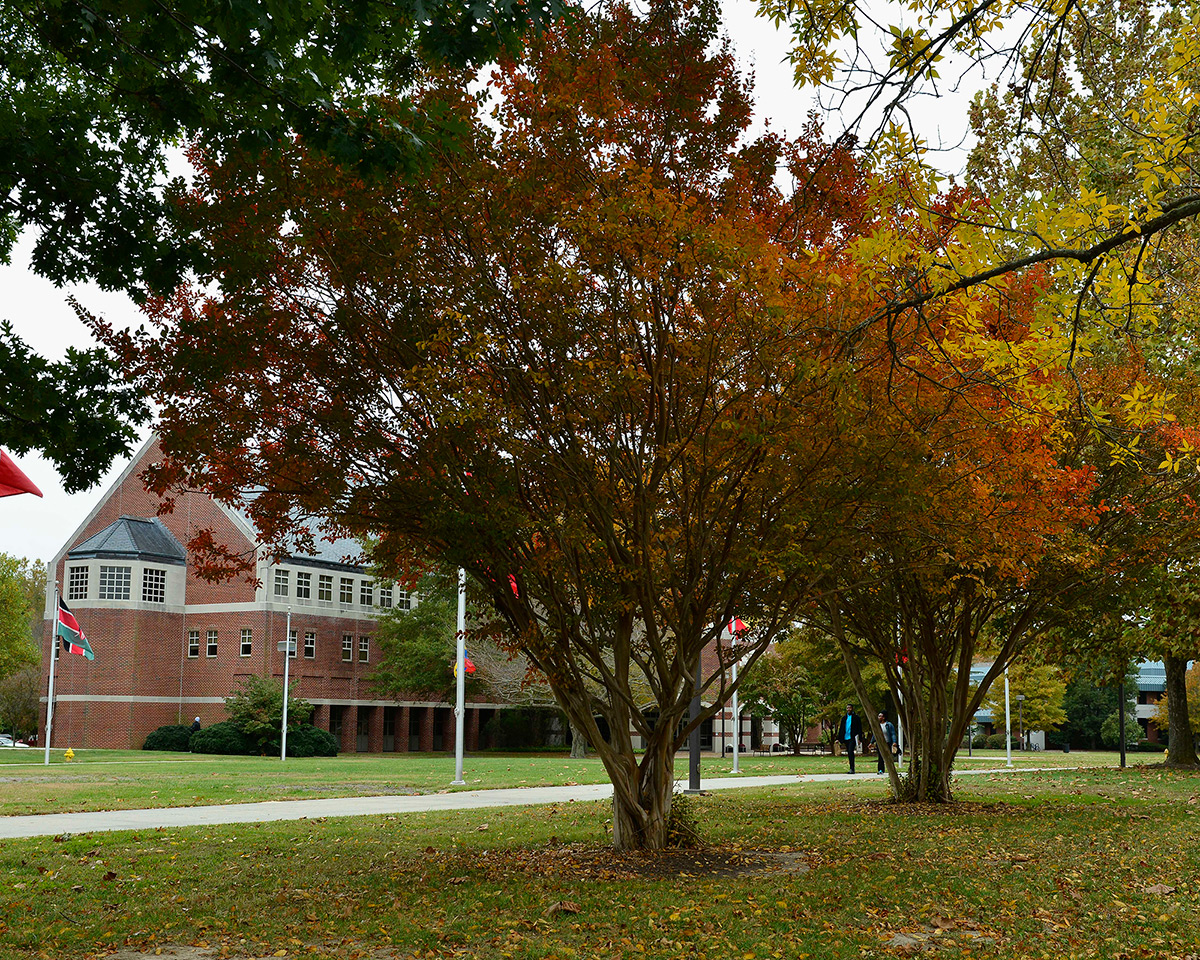General Information
This document presents guidelines for the remediation/cleanup of mold and moisture problems in the facilities at the University of Maryland Eastern Shore (UMES). It also includes proactive actions designed to protect the health of campus occupants.
Molds are very common in all types of buildings. Mold will grow in places with a lot of moisture, such as around leaks in roofs, windows, or pipes, or where there has been flooding. Mold grows on paper products, cardboard, ceiling tiles, and wood products. Mold can also grow in dust, paints, wallpaper, insulation, drywall, carpet, fabric, and upholstery.
It is impossible to eliminate all mold and mold spores in the indoor environment. However, mold growth can be controlled indoors by:
- Controlling humidity levels;
- Promptly fixing leaky roofs, windows, and pipes;
- Thoroughly cleaning and drying after puddling and flooding;
- Ventilating shower, laundry, and cooking areas
Molds take a variety of forms and textures. They can be white, black, yellow, blue, or green and often look like discoloration or stain to a surface. They can also have a velvety, fuzzy, or rough appearance, depending on the type of mold and where it is growing.
Report the presence of mold to the Physical Plant Office at extension x7725 or x6650 for an immediate maintenance response and removal.
Preventions
UMES Physical Plant housekeeping staff are trained in assessing conditions, identifying and removing the presence of mold. Sources of moisture problems are addressed immediately.
Routine evaluations and subsequent modifications and or repairs when necessary for:
- Leaky plumbing and leaks in the building envelope
- Watching for condensation and wet spots
- Reducing moisture, due to condensation, by increasing surface temperature or reducing the moisture level in air (humidity). Increase ventilation (if outside air is cold and dry), or dehumidify (if outdoor air is warm and humid).
- Keep heating, ventilation, and air conditioning (HVAC) drip pans clean, flowing properly, and unobstructed.
- Vent moisture-generating appliances, such as dryers, to the outside
- Performing regular building/HVAC inspections
Remediation
UMES mold mitigation plan is based on proactive measures and corrections from the suggestions and recommendations from a licensed environmental consultant. The consultant provides:
1. Campus assessment and measurement of the moisture content for all residential halls, offices and classrooms.
2. Periodic testing of air quality and information on potential locations of hidden mold.
3. Training in mold identification and removal.
4. General direction, advice and assessment data.
A variety of mold cleanup methods are available for remediating damage to building materials and furnishings caused by moisture control problems and mold growth. The specific method or group of methods used will depend on the type of material affected.
The following are the typical steps to mold remediation:
- Remove all moisture and dampness
- Quarantine the contaminated area
- Suppress dust particles and possible spores by misting the air around the area
- Remove damaged articles, using protective gloves
- Clean away the mold with a wire brush and detergent (usually bleach)
- Dispose of affected articles in plastic bags with a thickness of at least 6-mil
- Vacuum surrounding areas with HEPA vacuum
A yearly and semester mold mitigation chart is developed to track and ensure remediation activity is addressed and documented. The chart includes columns titled – building, problem, action, completion date and cost.
References
https://www.cdc.gov/mold/default.htm
https://awamoldinspections.com/why-you-need-a-protocol-for-mold-remediation/
https://www.medicalnewstoday.com/articles/288651
Mold Response Plan Flow Chart



